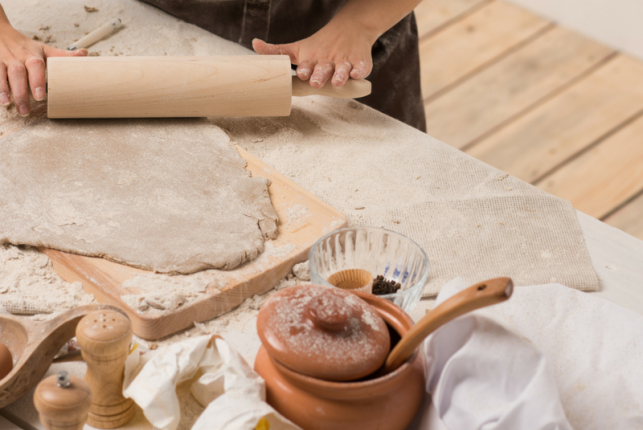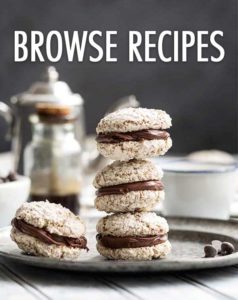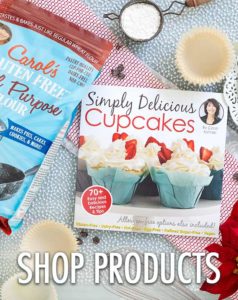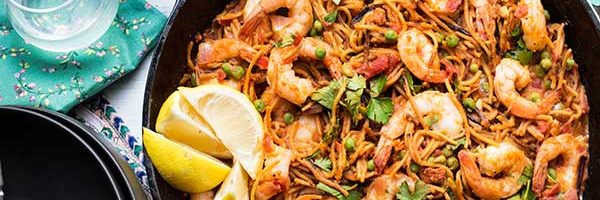
Is Baking Powder Gluten Free?
Baking powder and baking soda are often confused. Baking soda is used in baking, but it can also be used as a natural and effective ingredient in household cleaning. Baking powder is primarily used for baking. But there are differences between the two besides what you use them for. Beth Hillson, one of our most trusted food writers, explains the difference.
“Baking powder and baking soda are both leavening agents that help baked goods rise. Baking soda (bicarbonate of soda) is actually an ingredient in the more mild-mannered baking powder. A baking recipe will usually call for ¼ teaspoon of baking soda for every 1 cup or so of flour. Baking soda is usually a better choice than baking powder when the recipe includes acidic ingredients like buttermilk, yogurt, sour cream, citrus juice, molasses or brown sugar. Unless instructed otherwise by your recipe, always mix baking soda with your dry ingredients first; it reacts when it hits moisture. Don’t let a batter made with baking soda stand around. For best results, get it in the oven right away.”
Baking powder, however, includes baking soda, along with other ingredients. Baking powder is made with a combination of baking soda, an acid (cream of tartar) and a starch (to absorb moisture).
So, is baking powder gluten-free? – It depends on the starch the manufacturer uses. This starch can either be gluten-free (made from corn starch) or gluten-full (made from wheat starch). Even if you find a gluten-free baking powder, this can introduce a problem for those who are gluten-free, but have a corn intolerance. If you cannot have corn, you can make a corn-free baking powder using baking soda, cream of tartar, and arrowroot starch.
The baking powder brands you can find in grocery stores are typically gluten-free – Bob’s Red Mill and Clabber Girl are two brands of baking powder that do not contain gluten and are safe for those with celiac disease and gluten sensitivity.
A baking recipe will usually call for 1 teaspoon of baking powder for every 1 cup or so of flour. Baking powder is perishable and should be stored in a cool, dry place. You’ll want to keep an eye on the expiration date on the can. To test if it’s still good, add 1 teaspoon of baking powder to 1/3 cup of hot water. If it doesn’t bubble up like it’s at a party, toss it and buy a fresh supply.
Written by Erica Dermer, originally published in Gluten Free & More.
Did you like this post? Here are some other things you might like:
New to Gluten Free? Start Here
Can’t have dairy? Can’t have eggs? Have other food sensitivities? Check out our Simple Substitutions page for easy ingredient swaps.
Use that gluten-free baking powder! Check out our Gluten-Free Bread Recipes and Gluten-Free Dessert Recipes
Our most popular features on the website:







Pingback: How To Make Your Own Homemade Buttermilk Waffles
Thanks for the detailed information I was confused between the ingredients but now it’s all clear thanks a lot
Thank you, very clear and informative! Got into bread baking this past year (just a lil’ late to the Covid-baking party lol), and have friends who are GF, so started experimenting with that. This is great info though for both wheat and gf baking. :)